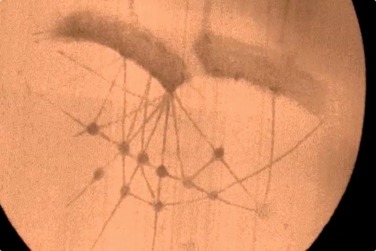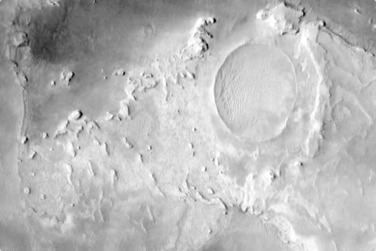Humans have long looked for signs of company in the skies, and Mars has long stimulated our needy imaginations. Mars and Earth orbit close to one another every two years or so, though some encounters are closer than others.
By the close Mars opposition of 1877, telescopes had grown large enough to begin to make somewhat detailed maps of features as they regularly reappeared on the rotating Mars.
But human brains tend fill in details where none actually are, and observers began to report canals on the Martian surface, presumably built by an intelligent civilization. Although these observations were completely false—tricks of optics and observation—many astronomers began to embellish the canal myths.
While evidence gathered by spacecraft missions has all but completely removed the possibility of advanced life forms at the surface of Mars, it is still possible that microscopic creatures live there. Results from the Mars Global Surveyor and Mars Odyssey missions seem to indicate that Mars could have large amounts of underground water.

